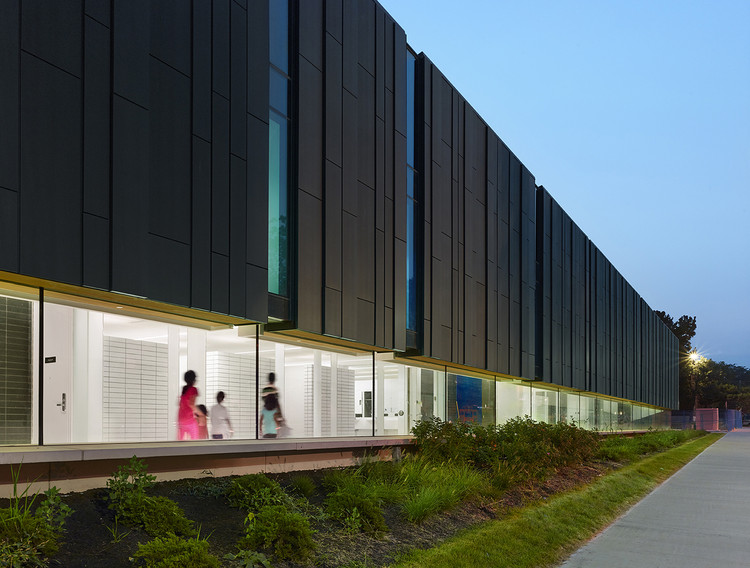While there are varying types of metal panels available for your construction project, our go-to is the all-in-one insulated metal panel (IMP). IMP wall systems minimize trade conflicts, simplify wall system design, and offer all four environmental control layers through the use of a single component. How does this single component system work? Keep reading!
What Is An Insulated Metal Panel?
Insulated metal panels have an insulating foam injected between two aluminum or steel metal face panels which form a solid sandwich. They were originally made for the quick build of short-scheduled projects, but have quickly taken the world by storm thanks to their ability to reduce construction time and construction waste. Providing superior durability with fewer materials and man power that outlast conventional construction materials by a long shot.
How Does A Single Component System Work?
Because of the single-component design, IMPs are able to provide both outer cladding, sheathing, and an effective barrier to the elements. Essentially, they form the entire building envelope and provide insulation, vapor barrier, weatherproofing and finish. Because of their durability and versatility, they can be used in any construction project and any climate.
What Buildings Are Suited To Single Component Systems?
IMPs have been the standard building material for decades in the cold storage and food processing sectors, and are now also lending themselves to design forward projects. This can be airports, museums, even residential homes are beginning to make use of IMPs architectural adaptability. A variety of profiles, colors, embossing and vertical/horizontal applications can all be customized to create a unique and specific project profile. They can even be used for roofing!
If you are looking for a low-maintenance building material that will stand the test of time, look no further than IMPs. Their single component system comes with the added benefits of thermal performance, building efficiency, sustainability and durability.

